It seems as if technology and biology are advancing hand in hand into the future as in both fields, there are significant advances in things like IT, medicine, and neuroscience. Between June 15th and 16th of 2016, scientists, futurists, and transhumanists met in New York at the Global Future 2045 International Congress to discuss how these advances will affect us all.
We’re going to take a look at a few of the latest technologies which will bring us ever nearer to that time when technology will take over from the human brain, and artificial intelligence will become the force that controls everything!
1. Androids
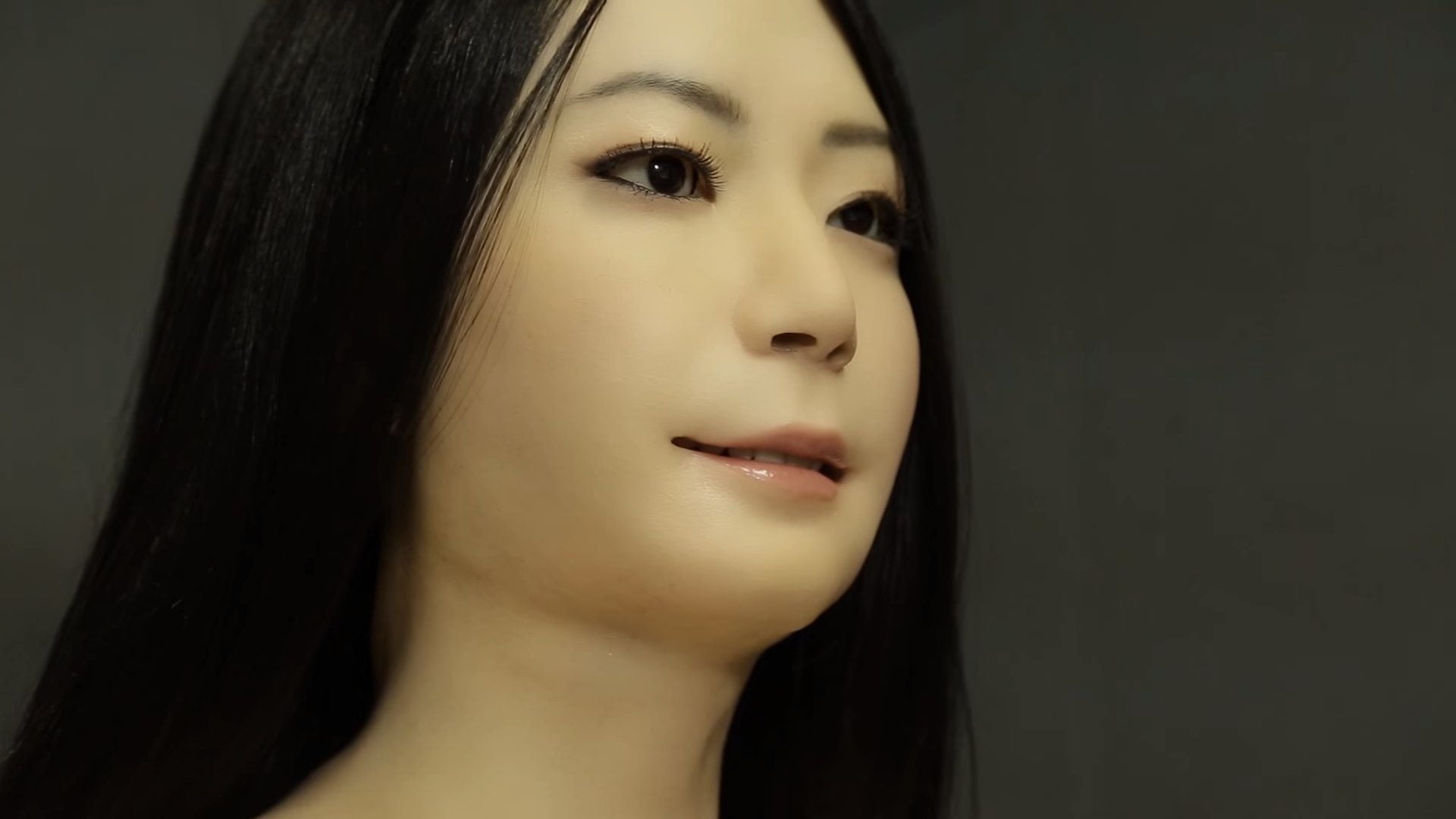
Robots have always had the power to capture our imagination, but this is now becoming a reality. All the time, Android is being developed and created that are more and more lifelike. Take as an example the director of the Intelligent Robotics Laboratory at Osaka University in Japan, Hiroshi Ishiguro, who introduced an exact android clone of himself in 2013 at the Global Future 2045 Congress.
At the moment, you cannot think of androids as a human replacement but that time could come with them possibly becoming children’s playmates or maybe even marital partners!
2. Artificial Limbs
The time of the bionic man could be a lot closer than we think. The prosthetic limbs nowadays are amazingly advanced and lifelike.
DEKA, the company, owned by the inventor, Dean Kamen, has now made one of the most advanced bionic limbs seen to date. Called the ‘Luke Arm,’ after Luke Skywalker’s artificial arm in the film ‘Star Wars,’ it is controlled by a joystick operated by the foot which is given information about the grip of the hand through vibration.
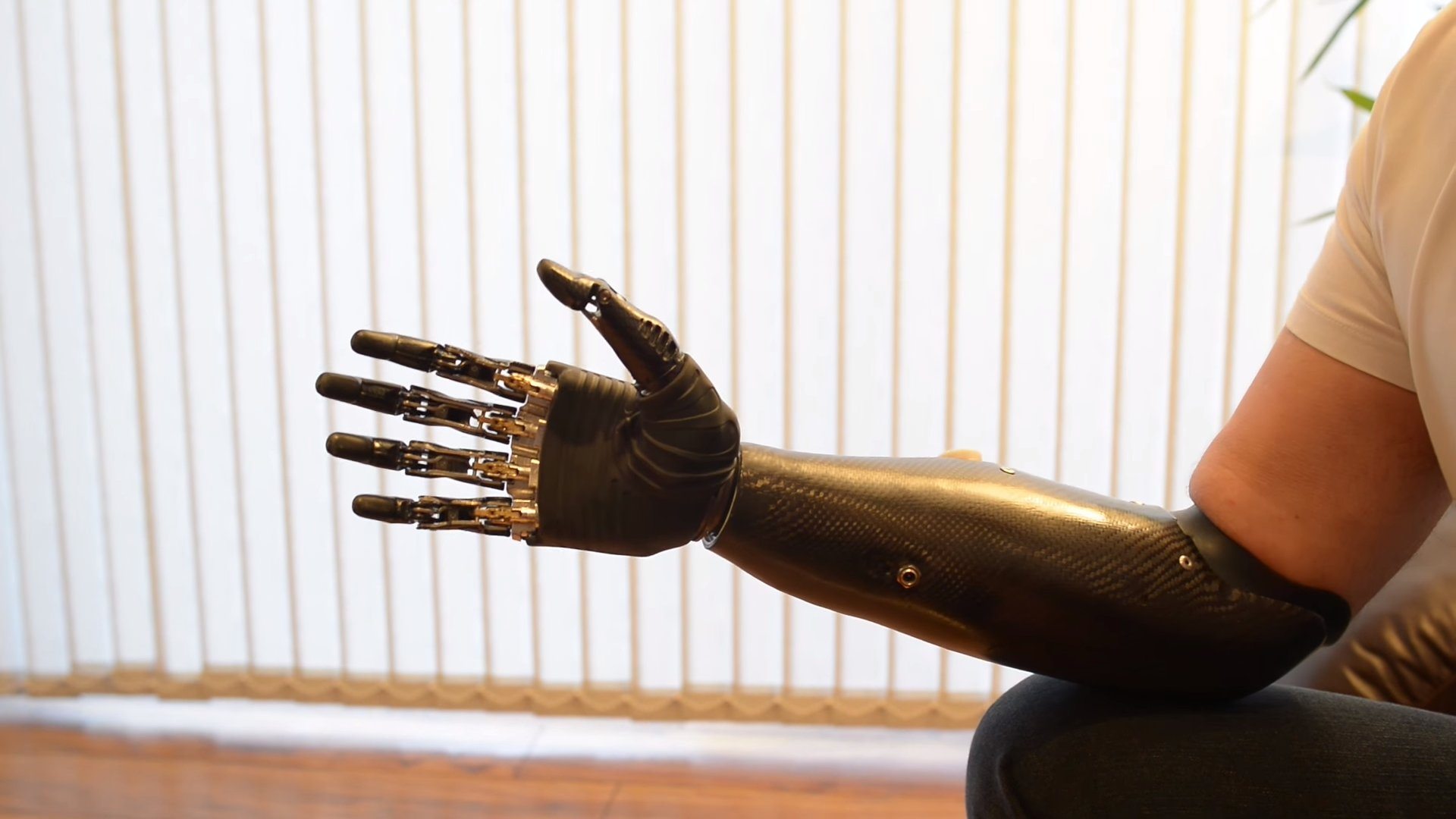
A British man, Nigel Ackland, who lost his hand in an industrial accident, introduced his Bebionic 3 artificial hand to the Global Future 2045 Congress this year. He said that the hand, which uses signals from his upper arm muscles to control it, had greatly improved his life.
Further to that, there are now bionic arms which are controlled directly by the brain, thanks to brain-computer interfaces. Scientists hope that the next phase will be getting sensory feedback from the artificial limb.
3. Brain-Computer Interfaces
In recent years, we have seen the development of brain-computer interfaces, sometimes known as brain-machine interfaces. Also, some of these BCIs will eventually restore mobility to paralyzed people or patients with brain damage or spinal cord injuries. With other BCIs it may be possible in the future, to restore sight and hearing and maybe even memory!
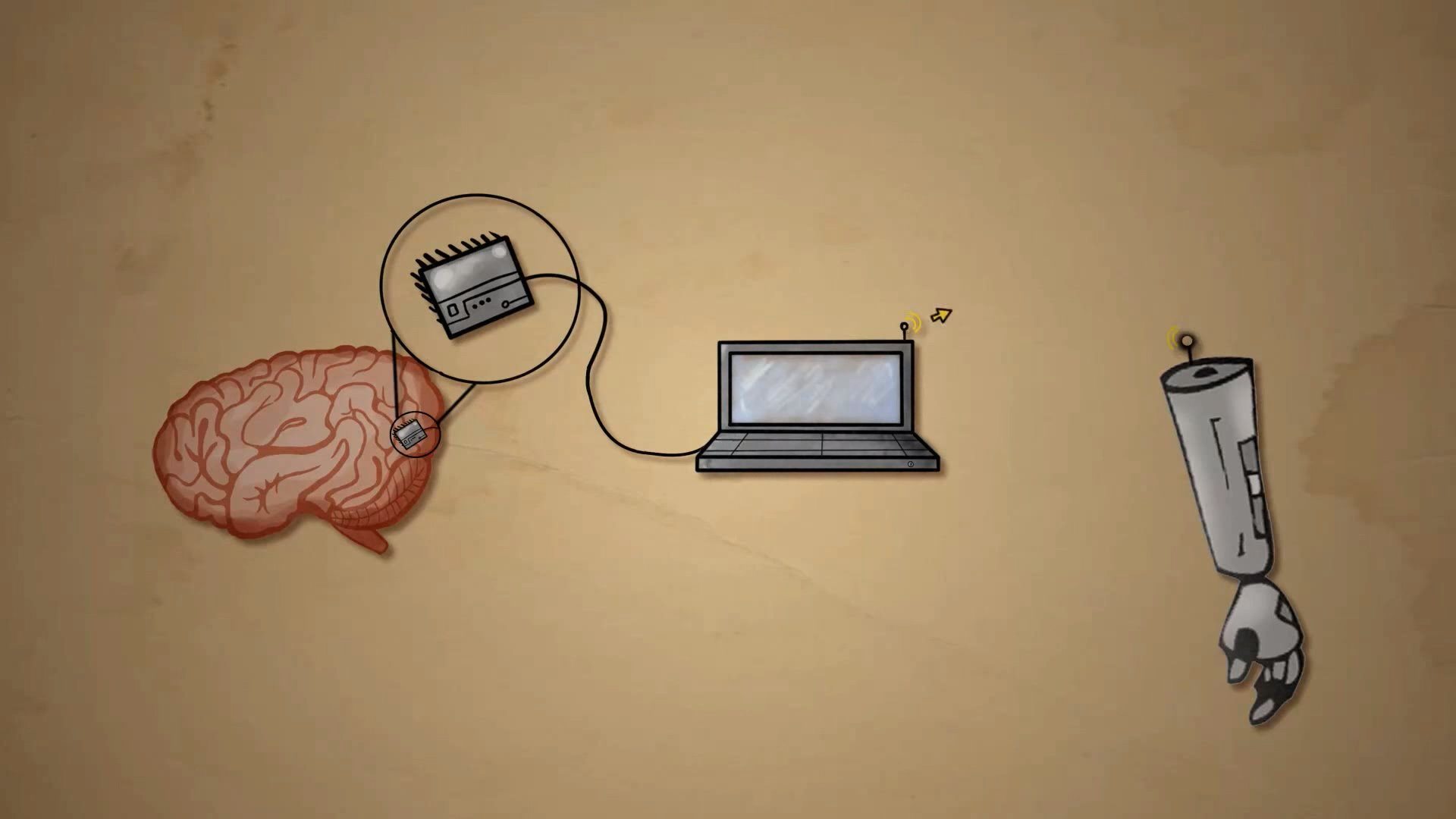
If you implant a BCI in the motor area of the brain, it can record electrical signals that represent individual movements. Then a computer will decode the signal and move a prosthetic limb or the cursor on a computer.
Two engineers from the University of California, Jose Carmena and Michael Maharbiz, introduced their idea, which they are working on now, to the Global Future 2045 Congress, of creating stable, long-term, wireless BCIs.
Neural engineer, Theodore Berger of the University of Southern California also spoke to the Congress about developing a memory prosthesis which would take the place of part of the hippocampus, the part of the brain where short-term memory is converted to long term. There has been some success with this on monkeys and rats, and now they are planning to test it on humans.
4. Optogenetics
This technique helps to control the activity of individual neurons. The Global Future 2045 Congress by Ed Boyden of the MIT mentioned this technology, and he is also one of the first developers of the technology.
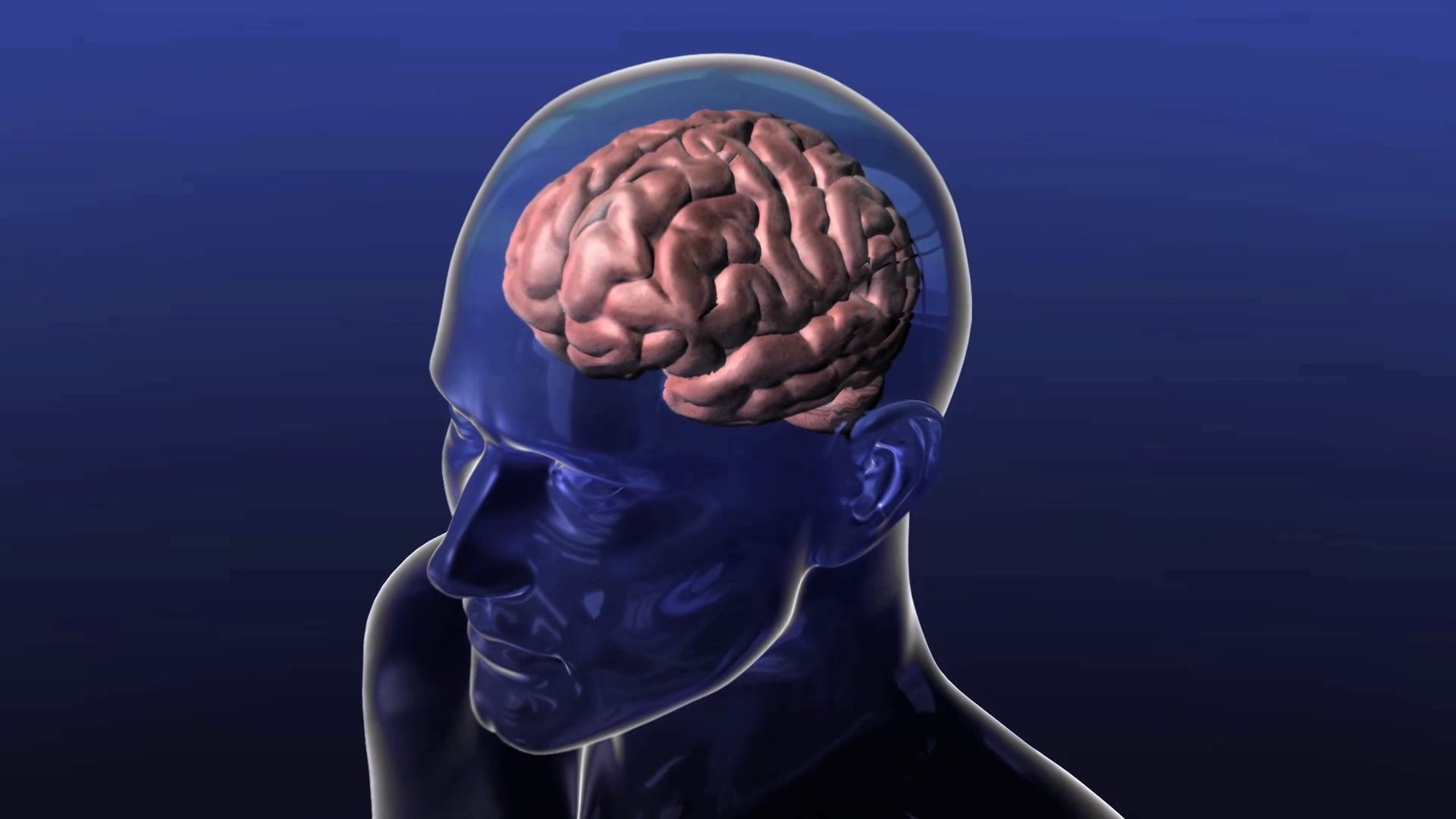
Neuron signals get triggered by the movement of ions through channels in the cell membranes. Individual organisms and algae possess light-sensitive channel proteins which are encoded in their DNA by specific genes.
Scientists have found that they can inject these genes into an animal’s neurons and consequently, turn the cells on or off in response to light. Thus it is possible, using optogenetics to not only observe brain activity but to manipulate it! For example, neurons usually activated by an odor could now respond to a light signal so you could now actually smell light!
5. Molecular Computers

It is possible that computers made in the future may be composed of DNA. At the Global Future Congress 2045, George Church, a geneticist at Harvard Medical School, said that DNA computers are already better than traditional ones!
As a molecule packed with information, you can use DNA in IT in several ways. You can also make computer chips with logic gates, such as AND, NOT, and OR, and perform various functions on given inputs, could also use barriers that are made up of DNA and connected to run computations from within cells.
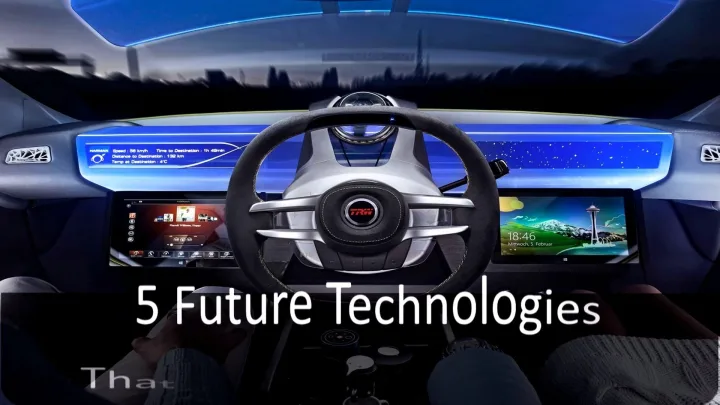
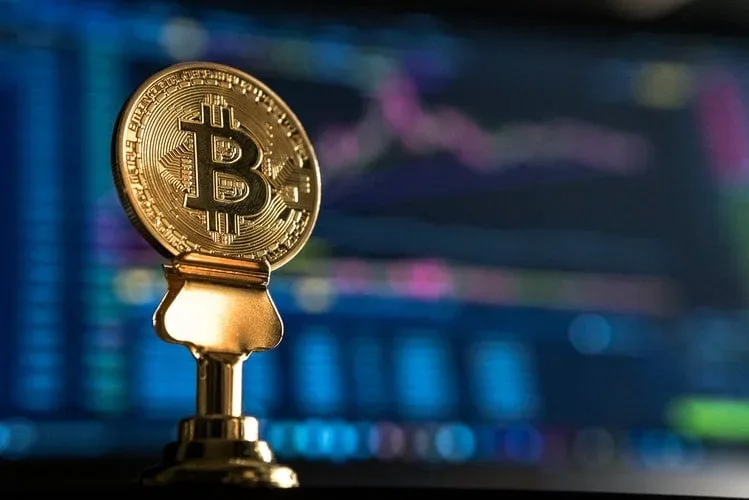
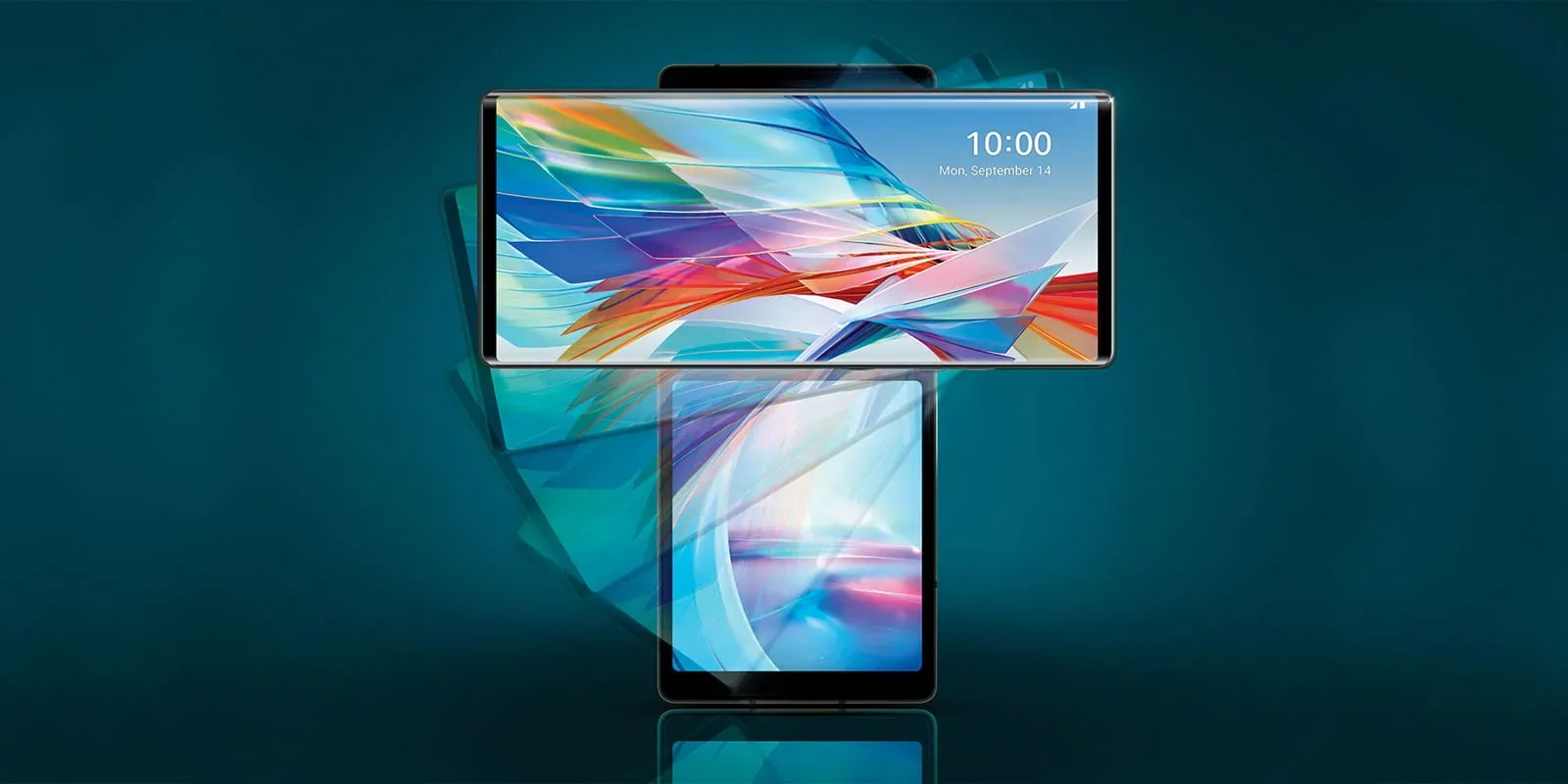

Share Your Thoughts